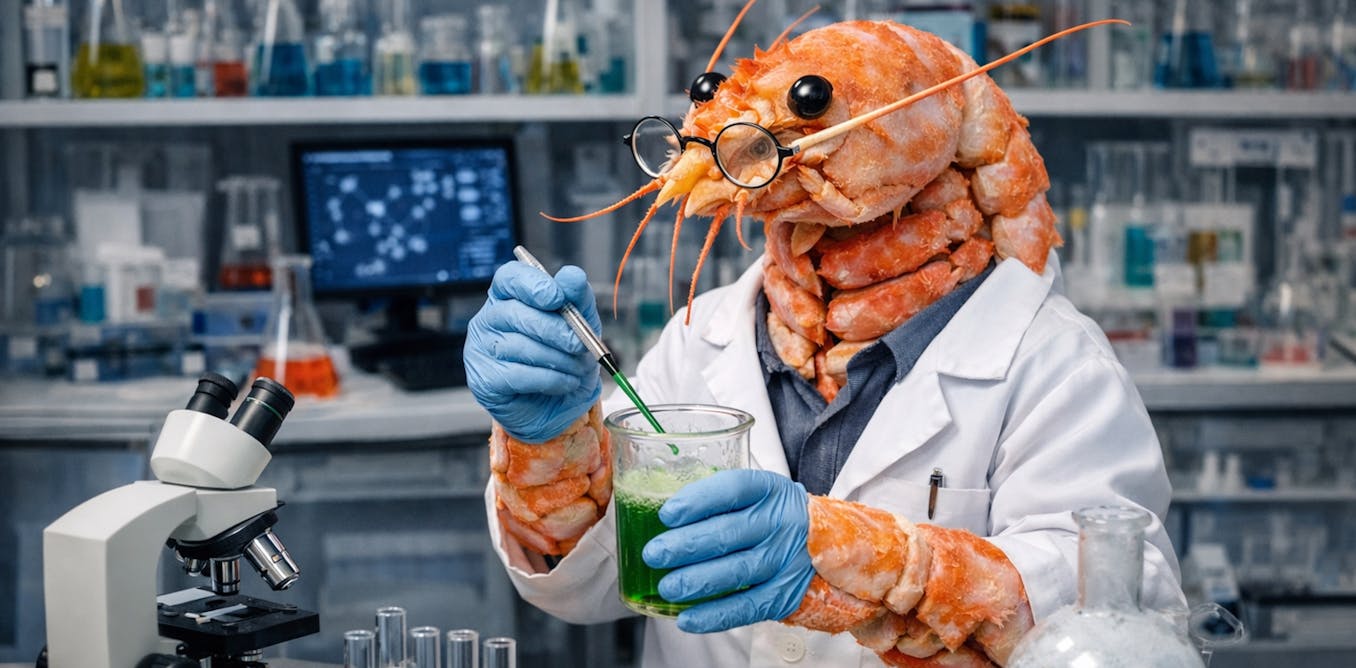Among the many things that humans cannot do (without some fairly substantial modification) is shifting our body morphology around on demand. It sounds a little extreme to be talking about things like self-amputation, and it
is a little extreme, but it’s also not at all uncommon for other animals to do—lizards can disconnect their tails to escape a predator, for example. And it works in the other direction, too, with animals like ants adding to their morphology by connecting to each other to traverse gaps that a single ant couldn’t cross alone.
In a new paper, roboticists from
The Faboratory at Yale University have given a soft robot the ability to detach and reattach pieces of itself, editing its body morphology when necessary. It’s a little freaky to watch, but it kind of makes me wish I could do the same thing.
Faboratory at Yale
These are fairly standard soft-bodied silicon robots that use asymmetrically stiff air chambers that inflate and deflate (using a tethered pump and valves) to generate a walking or crawling motion. What’s new here are the joints, which rely on a new material called a bicontinuous thermoplastic foam (BTF) to form a supportive structure for a sticky polymer that’s solid at room temperature but can be easily melted.
The BTF acts like a sponge to prevent the polymer from running out all over the place when it melts, and means that you can pull two BTF surfaces apart by melting the joint, and stick them together again by reversing the procedure. The process takes about 10 minutes and the resulting joint is quite strong. It’s also good for a couple hundred dettach/reattach cycles before degrading. It even stands up to dirt and water reasonably well.
Faboratory at Yale
This kind of thing has been done before with mechanical connections and magnets and other things like that—getting robots to attach to and detach from other robots is a foundational technique for modular robotics, after all. But these systems are inherently rigid, which is bad for soft robots, whose whole thing is about
not being rigid. It’s all very preliminary, of course, because there are plenty of rigid things attached to these robots with tubes and wires and stuff. And there’s no autonomy or payloads here either. That’s not the point, though—the point is the joint, which (as the researchers point out) is “the first instantiation of a fully soft reversible joint” resulting in the “potential for soft artificial systems [that can] shape change via mass addition and subtraction.”
Self-Amputating and Interfusing Machines, by Bilige Yang, Amir Mohammadi Nasab, Stephanie J. Woodman, Eugene Thomas, Liana G. Tilton, Michael Levin, and Rebecca Kramer-Bottiglio from Yale, was published in May in Advanced Materials.
.

The post “Soft Robot Can Amputate and Reattach Its Own Legs” by Evan Ackerman was published on 07/13/2024 by spectrum.ieee.org





















